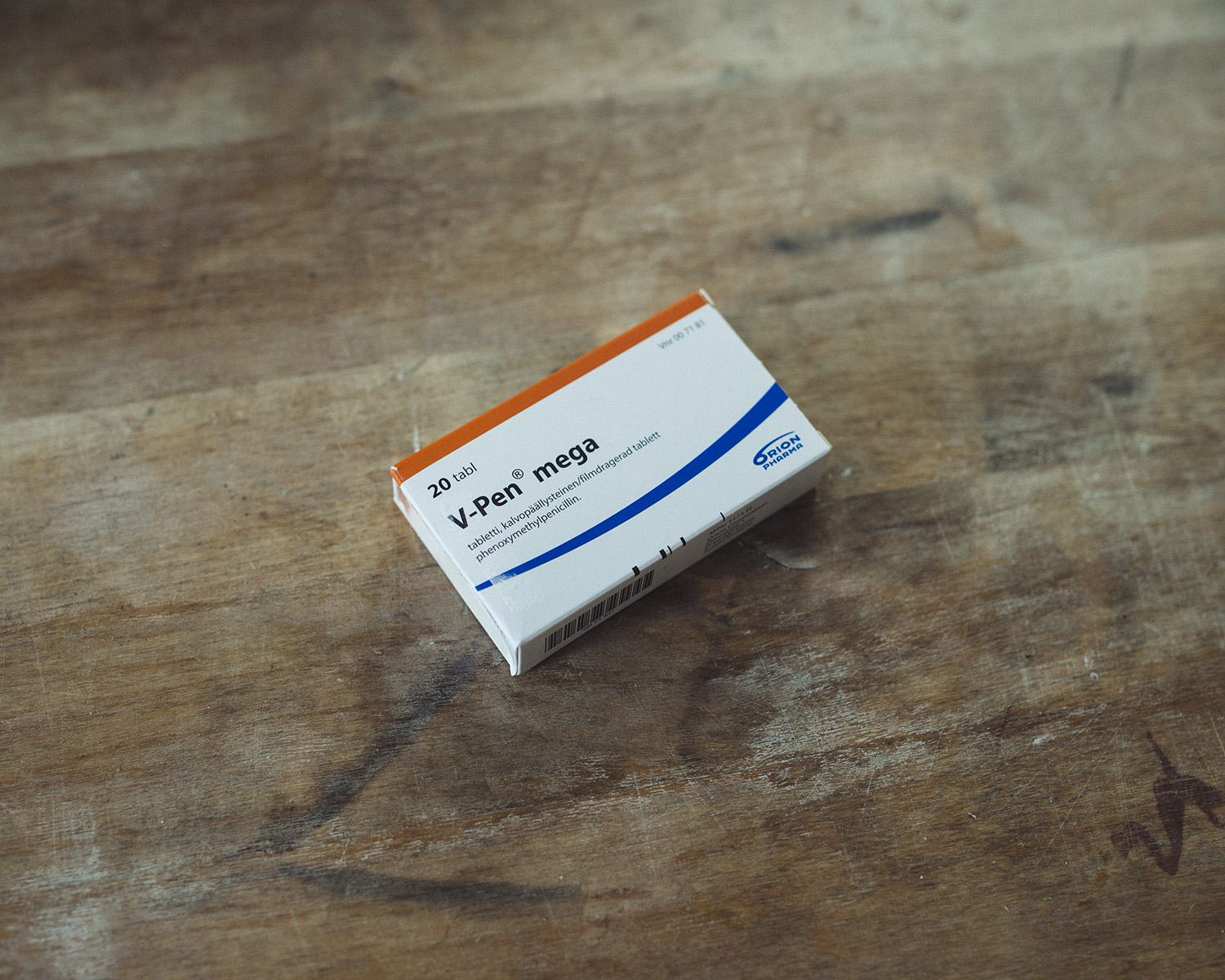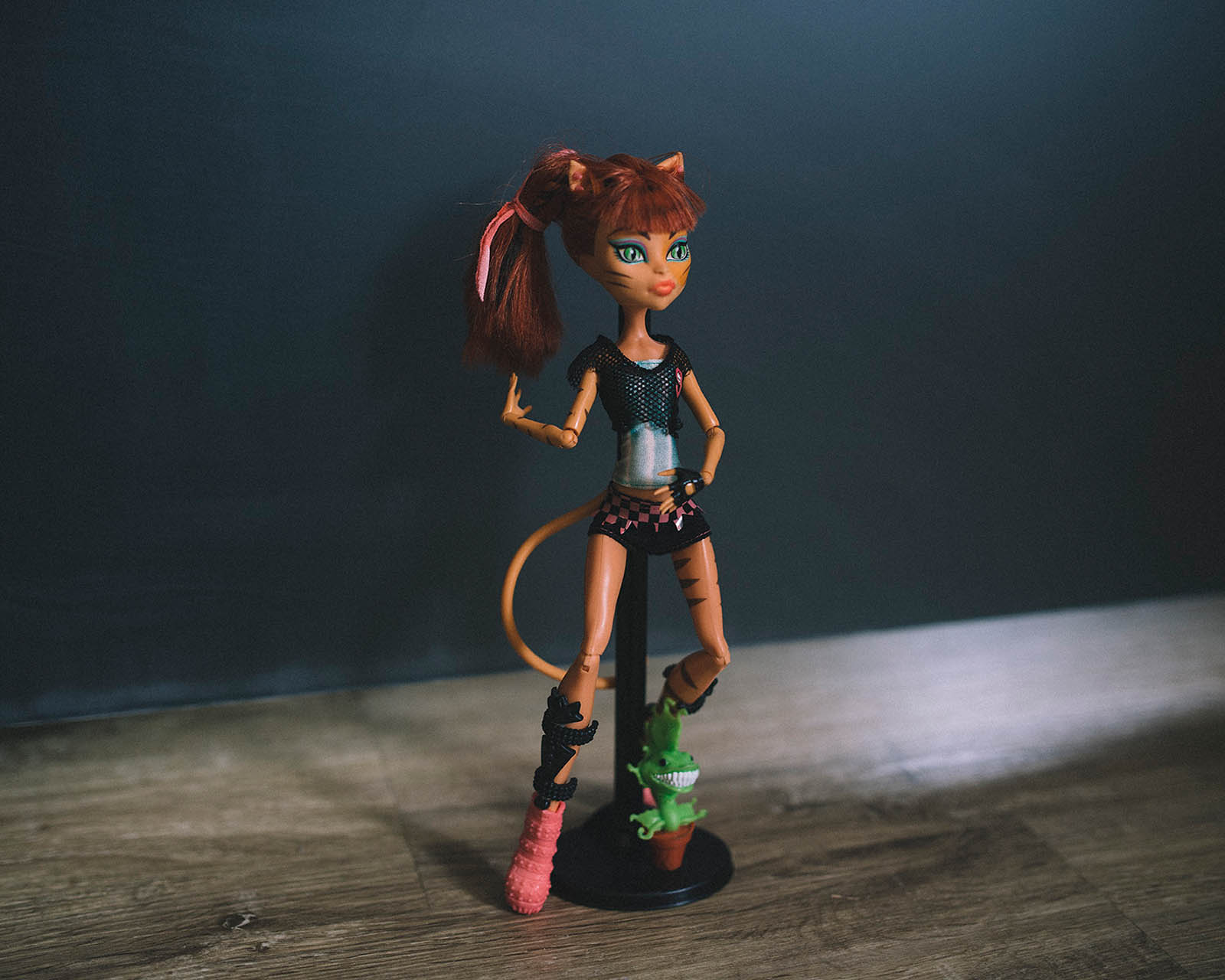Human
Experiment
There are over 100,000 chemicals in the market. It is so much that we cannot escape from them in our everyday life. The Finnish National Institute for Health and Welfare (THL) laboratory examined urine samples
from three Finnish families, to find out how much of the everyday toxins accumulate into the normal human body.
These videos and pictures were presented as a multimedia story for Finnish Broadcasting Company YLE.
The original feature can be found here.
Three of the most typical chemicals in the analyzed samples were bisphenol A, parabens, and phthalates. Bisphenol A is a single chemical, but parabens and phthalates are actually chemical groups, because there are many different types. All three are suspected of damaging health and being investigated around the world. Thousands of chemicals are used in consumer products, of which bisphenol A, parabens, and phthalates are among the most commonly produced in the world. But what are the threats to health? It is not fully known, even though the substances have been studied for years.
Animal testing has shown effects on animals, but the effect on humans is different. It is affected by the mechanisms of the human body, how many chemicals get into the body, and how powerful the chemicals are.
Animal testing has shown effects on animals, but the effect on humans is different. It is affected by the mechanisms of the human body, how many chemicals get into the body, and how powerful the chemicals are.
Bisphenol A is suspected of interfering with human natural hormone function. Parabens are mildly allergic and have been suspected to increase the risk of breast cancer through deodorants. Phthalates are also suspected of being hormonal disorders and are associated with reduced fertility and obesity.
The European Food Safety Authority (EFSA) has set limit values for daily intake of bisphenol A, parabens and phthalates tolerable. Phthalates in the EU are banned in toys and childcare articles for children under 3 years of age. This is to prevent these chemicals from being released into the mouth of children sucking their toys. For the same reason, the use of bisphenol A in the baby bottles was banned in 2011.
A few years ago, the parabens became unpopular and five were banned in the EU. No parabens labeling has become a selling point and a marketing tip on the cosmetic and detergent cans.
A few years ago, the parabens became unpopular and five were banned in the EU. No parabens labeling has become a selling point and a marketing tip on the cosmetic and detergent cans.
Family from Kuopio
There were no large quantities of chemical additions found for this family of six. But a few values were worth exploring. The familys mother's bisphenol A value was 7.4 in the second sample. In the reference material, the median for women is 1.5 and the highest measured values in the THL reference material are only 5.8. Possible sources are mainly in groceries. In the cans and bottles an epoxy resin is used for the inner coating, and bisphenol A is a constituent of it. For example, the bisphenol is present on a light material under the lid of cans. The mother suspected that her facial lotion packed in a metal tube would be the reason for her high values.
Interestingly, father's sample contained about three times more parabens than mothers's sample. The figures should be the opposite: for women, paraben values are generally four to five times higher than for men due to make-up and skin care.
There is a possible explanation for this: the mother had been at home with the kids for three years and done makeup only every other day, while the husband always used hair wax and moisturizing facial lotion in the mornings. He got the products from the toilet, and the label on both of them contains a reference to the parabens. “Often I put these first and then come to eat the breakfast. It may well be that there is something left in the hands and it goes into your body via mouth,” he says.
The most complex trace of the result strip is phthalates. The values of the family are otherwise average, but one of the 4-year-olds Phthalate values were clearly higher than in the others samples.
Plastics, artificial fibers, paints, adhesives, pharmaceutical tablets? No. There are, of course, plastic toys in the family with children, and some of them may have used phthalates. But then everyone would have been exposed. Parents can’t come up with one reason for that. The 4 year old was on antibiotic treatmen during the sampling week and took the tablets twice a day.
There is a possible explanation for this: the mother had been at home with the kids for three years and done makeup only every other day, while the husband always used hair wax and moisturizing facial lotion in the mornings. He got the products from the toilet, and the label on both of them contains a reference to the parabens. “Often I put these first and then come to eat the breakfast. It may well be that there is something left in the hands and it goes into your body via mouth,” he says.
The most complex trace of the result strip is phthalates. The values of the family are otherwise average, but one of the 4-year-olds Phthalate values were clearly higher than in the others samples.
Plastics, artificial fibers, paints, adhesives, pharmaceutical tablets? No. There are, of course, plastic toys in the family with children, and some of them may have used phthalates. But then everyone would have been exposed. Parents can’t come up with one reason for that. The 4 year old was on antibiotic treatmen during the sampling week and took the tablets twice a day.
One thing the family is still interested in, is the fact that there are plenty of plastic toys in the childrens room, as in many other Finnish families. Are they safe to play with? A large part of the plastic toys do not have a chemical detrimental effect. For example, perhaps the most familiar toy brand, Lego, is made of ABS plastic. It is a standard plastic that is considered completely risk-free. Instead, old soft plastic toys may contain prohibited phthalates. Scientists say that chewing old dolls or continuous playing with them is not recommended, although old toys are otherwise more ecologically sustainable.
![]()
Results of the family from Kuopio. (Graphics fom YLE)
Results of the family from Kuopio. (Graphics fom YLE)





Single man from Viitasaari
Liimatainen, a 55-year-old single dairy farmer was the first test person of the human experiment. Liimatainen had lived all his life in the traditional Finnish countryside, in the middle of forests and fields. He had eleven cows. There's plenty of room for haste. Liimatainen had been doing almost everything in his farm by himself. “The way of life is busy, there isn’t always time to cook. The important thing is to eat two hot meals a day.”
Liimatainen handed over two jars of urine for testing in the laboratory. His bisphenol A value was average. Even the parabens in the sample were moderate, although the second measured paraben, or ethylparaben, was slightly above the average of the reference material. The phthalates, on the other hand, were elevated.
Liimatainen's home was not filled with plastic, rather representing a rustic farm. Researchers guessed that the phthalates may originate from plastic food packaging and plastic storage containers in the kitchen. Liimatainen used frozen food, cabbage rolls, macaroni casserole and other ready-made dishes.
Another factor could be his a cholesterol medication, because these film-coated drug tablets contain phthalates. Admittedly, he takes only one pill a day.
Liimatainen handed over two jars of urine for testing in the laboratory. His bisphenol A value was average. Even the parabens in the sample were moderate, although the second measured paraben, or ethylparaben, was slightly above the average of the reference material. The phthalates, on the other hand, were elevated.
Liimatainen's home was not filled with plastic, rather representing a rustic farm. Researchers guessed that the phthalates may originate from plastic food packaging and plastic storage containers in the kitchen. Liimatainen used frozen food, cabbage rolls, macaroni casserole and other ready-made dishes.
Another factor could be his a cholesterol medication, because these film-coated drug tablets contain phthalates. Admittedly, he takes only one pill a day.
The third possible source of phthalate is his farm equipment: hoses and protective equipment. A look in the barn showed that milk hoses are really softened pvc plastic, and Liimatainen was using the hoses every day.
According to THL’s researcher, it is a very difficult task to determine the origin of phthalates. The best bet is the combined effect of meals, milk hoses and pharmaceutical tablets.
![]()
Results of mr. Liimatainen, from Viitasaari. (Graphics from YLE)
According to THL’s researcher, it is a very difficult task to determine the origin of phthalates. The best bet is the combined effect of meals, milk hoses and pharmaceutical tablets.
Results of mr. Liimatainen, from Viitasaari. (Graphics from YLE)





Family from Helsinki
The results of the Shingler family from Helsinki are not very different from the others in this test. Expectations were however somewhat different, since this family focuses on avoiding chemicals.
The 4 year old boy’s bisphenol A level was the second highest of all test subjects and the second highest of the paraben levels. A lot of one phthalate quality was found in the mother herself. The rest of the family's phthalate readings were average, roughly the same as those of the family in Kuopio.
Mother Shingler's own phthalate values are mystery. In their household, cutting boards are made of wood, cups are made of glass and there are no plastic containers. Overall, use of plastic is scarce - ready-made meals are not eaten at all.
Shingler is frustrated: "I began to rearrange the bathroom locker from cosmetics over ten years ago, and I have been using only natural cosmetics for the past five years. If my own phthalates are average or even above average with this lifestyle, it just makes me want to be even more careful”
The 4 year old boy’s bisphenol A level was the second highest of all test subjects and the second highest of the paraben levels. A lot of one phthalate quality was found in the mother herself. The rest of the family's phthalate readings were average, roughly the same as those of the family in Kuopio.
Mother Shingler's own phthalate values are mystery. In their household, cutting boards are made of wood, cups are made of glass and there are no plastic containers. Overall, use of plastic is scarce - ready-made meals are not eaten at all.
Shingler is frustrated: "I began to rearrange the bathroom locker from cosmetics over ten years ago, and I have been using only natural cosmetics for the past five years. If my own phthalates are average or even above average with this lifestyle, it just makes me want to be even more careful”
Results of the Shingler family from Helsinki. (Graphics fom YLE






Fertility rate has fallen drastically in the world. In 2014, for the first time ever, a Danish research team showed a link between the deterioration of endocrine disrupting chemicals and sperm. The study also revealed a cocktail effect: the combined effect of chemicals was stronger than the effects of individual chemicals alone. It is these two issues, hormone disorder and synergy, that are the hottest topics in Europe today.
In 2013, 89 researchers signed the Berlaymont Declaration. They were demanding urgent action from the EU to limit the use of substances suspected of being hormones. The substances referred to by the researchers were bisphenol A and some of the phthalates.
In 2013, 89 researchers signed the Berlaymont Declaration. They were demanding urgent action from the EU to limit the use of substances suspected of being hormones. The substances referred to by the researchers were bisphenol A and some of the phthalates.
Even polar regions are contaminated with many toxins that are not naturally present there. Bisphenol A, parabens, and phthalates break down so quickly that they won't be able to travel long distances, but in Africa, for example, the infamous DDT is still being used. It moves from south to colder regions and rains down there. Reindeer grazing in nature in Finnish Lapland has measured higher toxic concentrations than those receiving feed on the farms. This is also due to long-range transmission.
Chemicals are literally everywhere.
Chemicals are literally everywhere.

